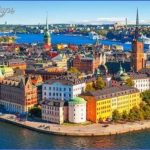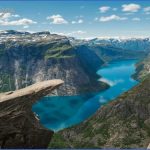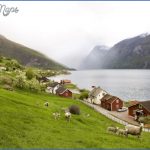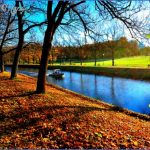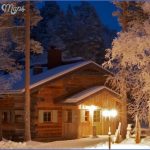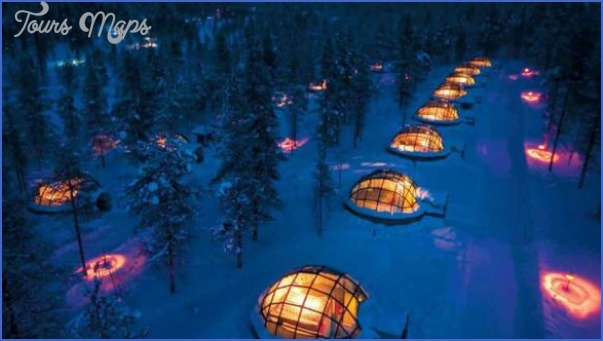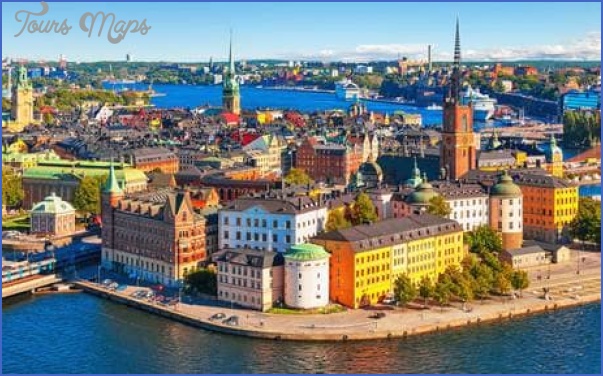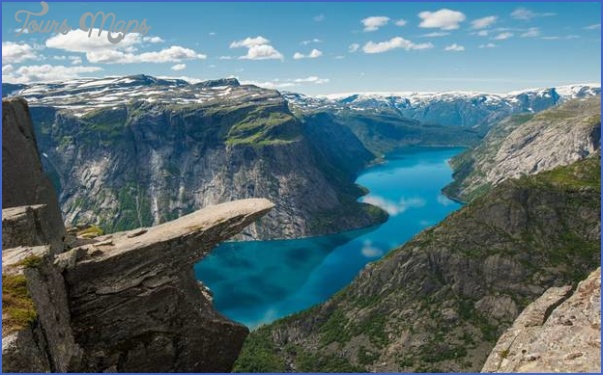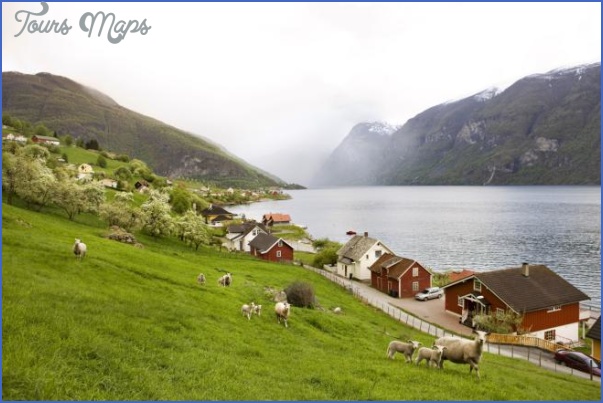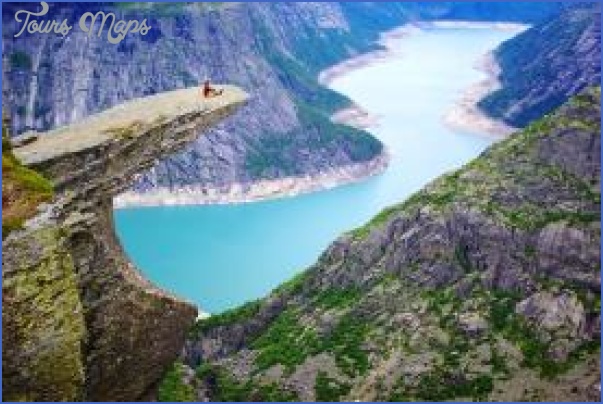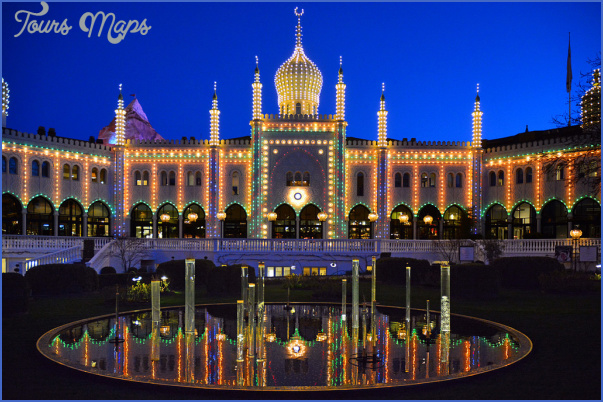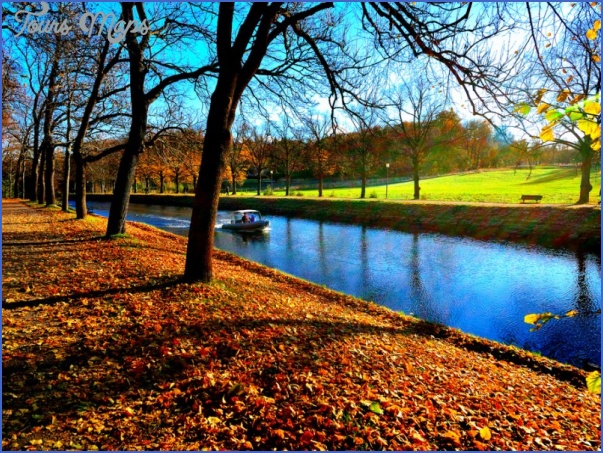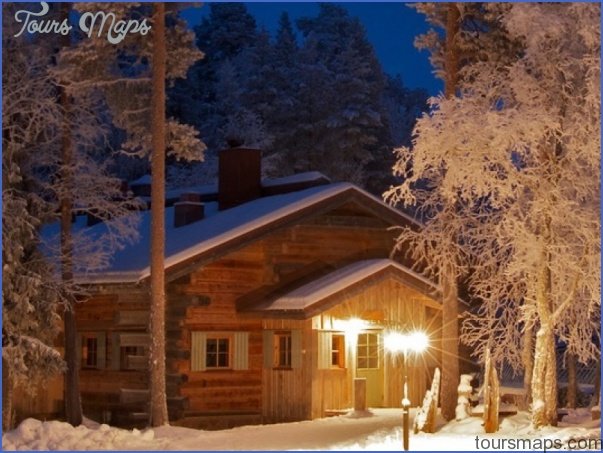Travel by road
The roads. Roads play an important part in the transport system of Scandinavia, since the railways are relatively sparse, particularly in Norway, northern Sweden and northern Finland. The network of roads is extended and improved each year; and the condition of the roads is relatively good, permitting reasonable average speeds even in the far north. The main roads and important secondary roads have been further improved in recent years and given dust-free surfaces. Where the surface is still grit or gravel, it is kept as smooth as possible by the use of graders. It is advisable to stay a safe distance behind the car in front, in order to avoid the risk of a shattered windshield. After heavy rain, roads without a hard surface become slippery or even muddy, and extra care is warranted. As a courtesy to other road users, you should fit mudguard flaps. Some roads in the mountains of southern Norway and in northern Norway, Sweden and Finland, where the winter is long, may be open only from about June to October. The amount of traffic on the roads of Scandinavia has increased considerably in recent years, and in the south is comparable with that on the roads of western Europe.
Although in Denmark, Sweden and Finland no specialised driving skills are generally required, the mountain roads of Norway sometimes very narrow and frequently with blind corners call for a high standard of driving and road discipline.
In Denmark the condition of the motorways (motorvej), main roads (hovedvej: identified by the letter A and a number) and most secondary roads is excellent. All these roads are properly surfaced (mostly asphalt, sometimes concrete). Visitors should avoid the temptation to drive too fast: there is no need to hurry in Denmark. The various Danish islands are connected with one another by bridges and ferries.
In Sweden there are the national highways (riksvag), numbered from 10 to 99; and provincial or county roads (lansvag), with numbers over 1 00. In addition, there are a number of short stretches of motorway or expressway (motorvag), and these are constantly being extended. In the southern part of the country the main roads are all excellent, with firm surfaces; in the far north, however, many roads are still surfaced with grit or gravel. The mountain roads along the Norwegian border are frequently narrow. Foreign motorists are subject to special regulations in restricted military areas (skydd-somrade), which are indicated by warning signposts (large areas around Kalix and Boden). In these areas, foreigners may use the roads only for direct transit, and they are not allowed, except with special permission, to stay for more than
24 hours (in some cases 72 hours) in a restricted area. Camping, leaving the road and taking photographs are prohibited.
Travelling in Scandinavia Photo Gallery
Maybe You Like Them Too
- The Best Cities To Visit in The World
- World’s 10 Best Places To Visit
- Coolest Countries in the World to Visit
- Travel to Santorini, Greece
- Map of Barbados – Holiday in Barbados


